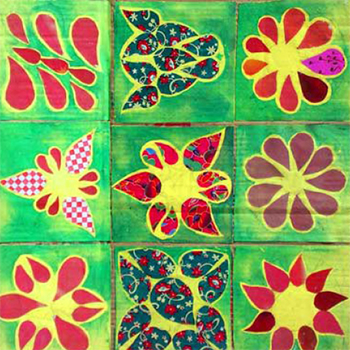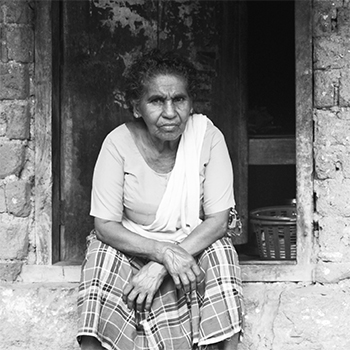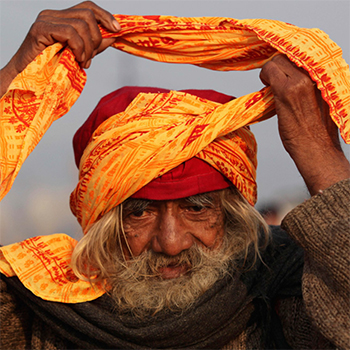The UNESCO New Delhi Office’ Social and Human Sciences Sector has commissioned an Indian adaptation of the generic Guide, Historic Districts for All – a Social and Human approach for Urban Actors The generic guide is the result of the work carried out at UNESCO between 1997 and 2007 and has been produced as a teaching tool to address the pressing need of local decision makers in large and medium sized cities, and to strengthen the capacities of city professionals, architects and urban planners across the world. Considering the specifity of the Indian Urban context, UNESCO has decided to develop a Guide for Urban Actors in India that reflects the country’s complex urban scenarios, the structure of local governance, the decision making chain and the urban reform currently underway through the Jawaharlal Nehru National Urban Renewal Mission ( JNNURM). An official interview was taken on 7th May 2009 by Ms. Marina Faetanini, Programme Specialist , Social and Human Sciences Sector. A Current Project, Historic District for All – India, was explained by her. After learning the internship duration is just a month, she insisted that I should stay at the organization as much as possible. A City Walk invitation by a private NGO, Salaam Baalak, to slums and grey areas near the New Delhi Railway Station was an eye opener. The Constraints in which people live and their will not just to survive but also to excel was inspiring. This City Walk had a different flavour to offer from the Traditional Heritage City Walks in different cities around the World.








